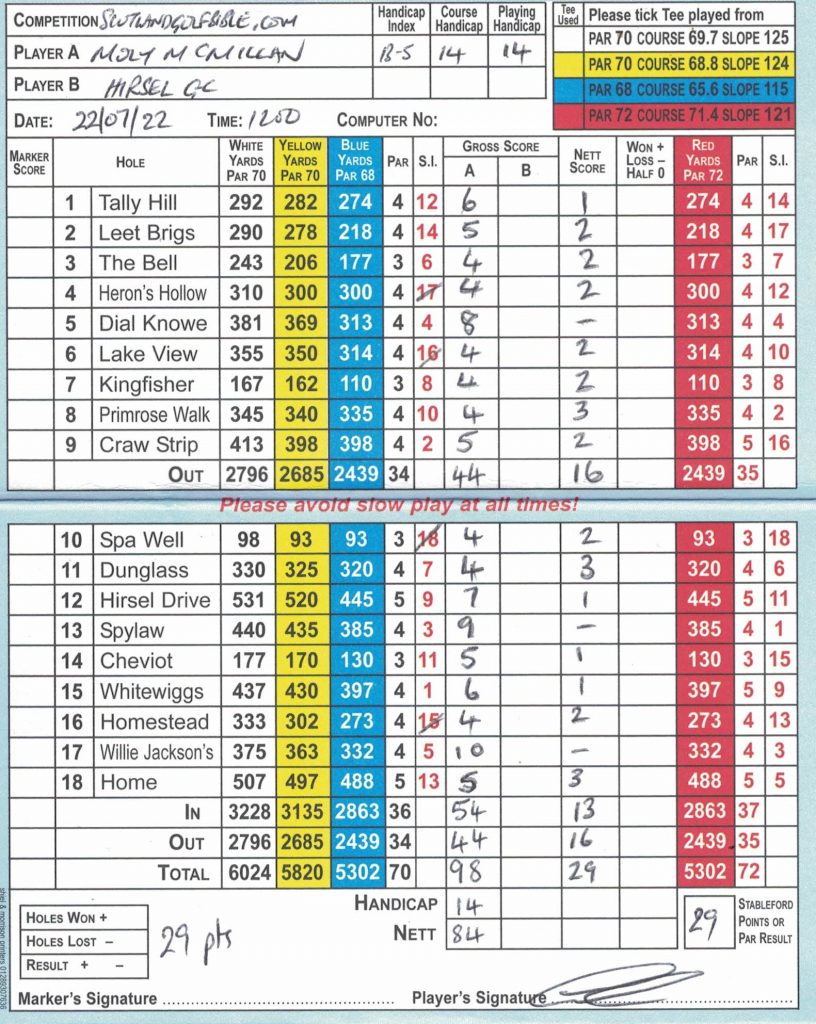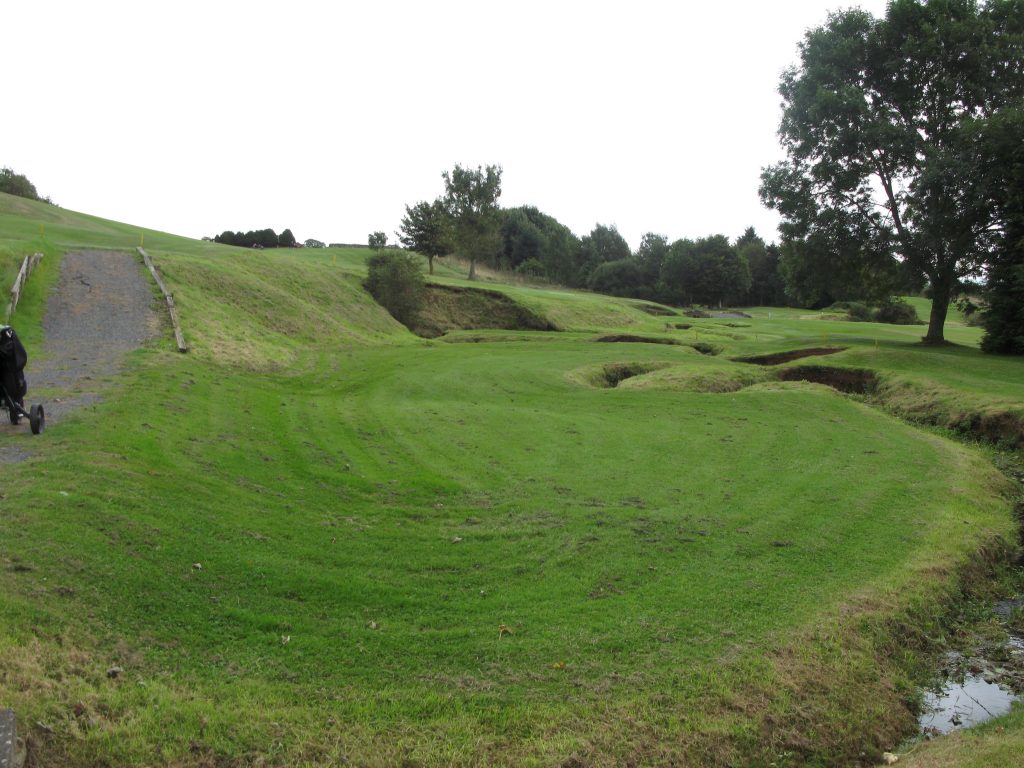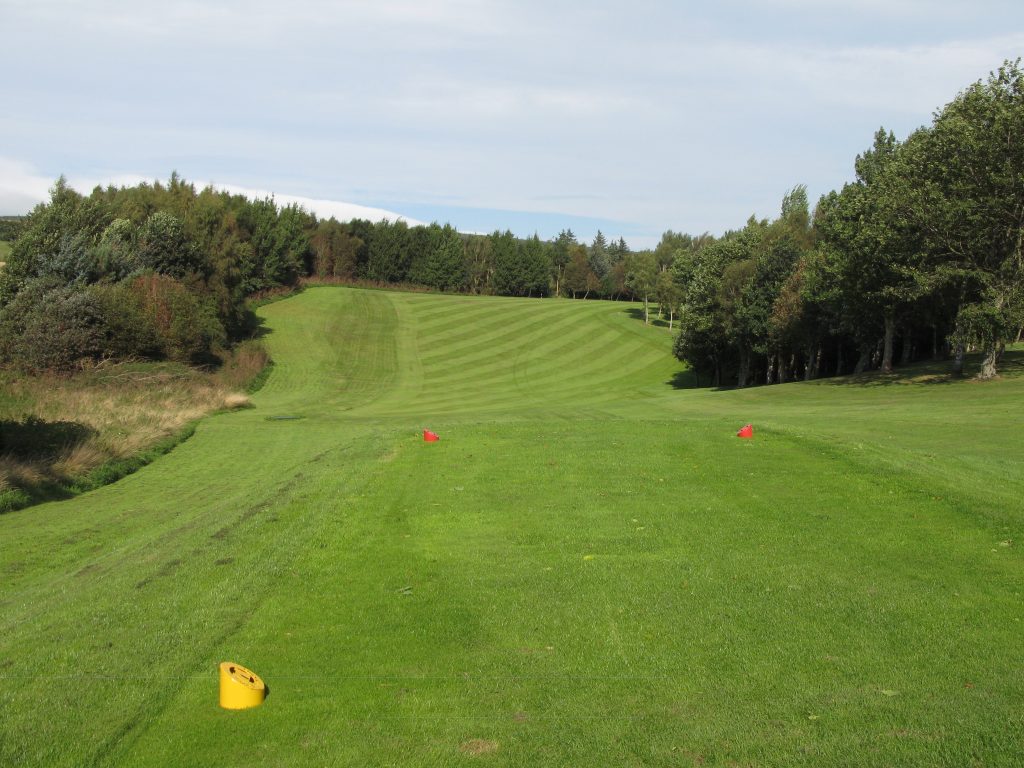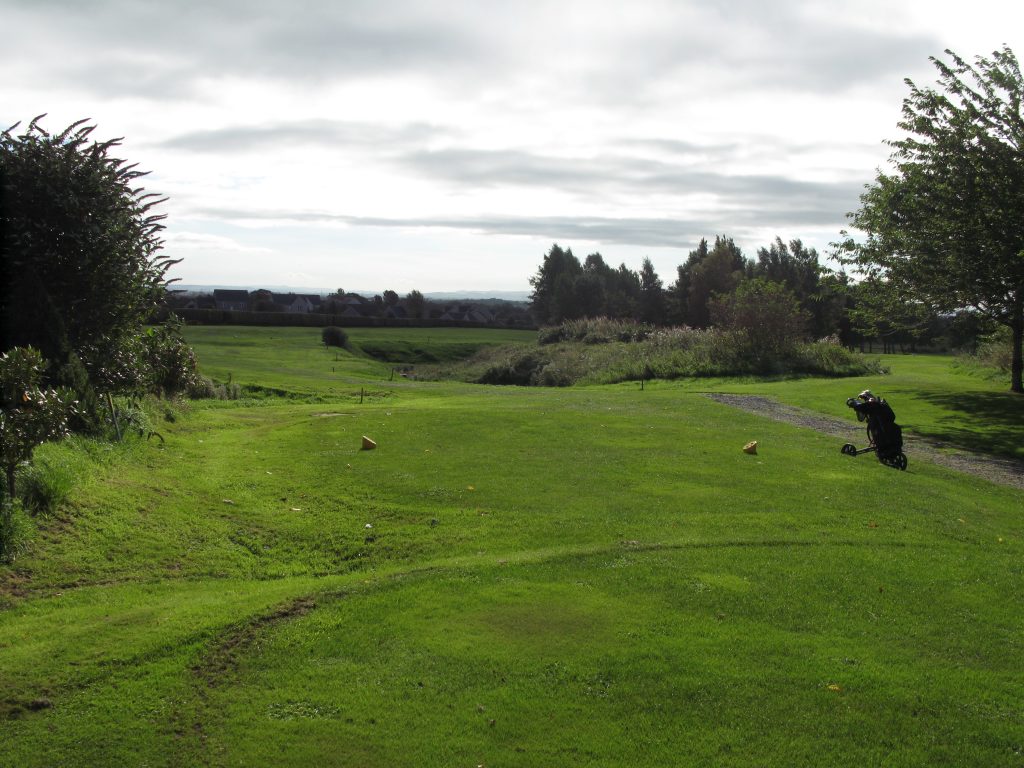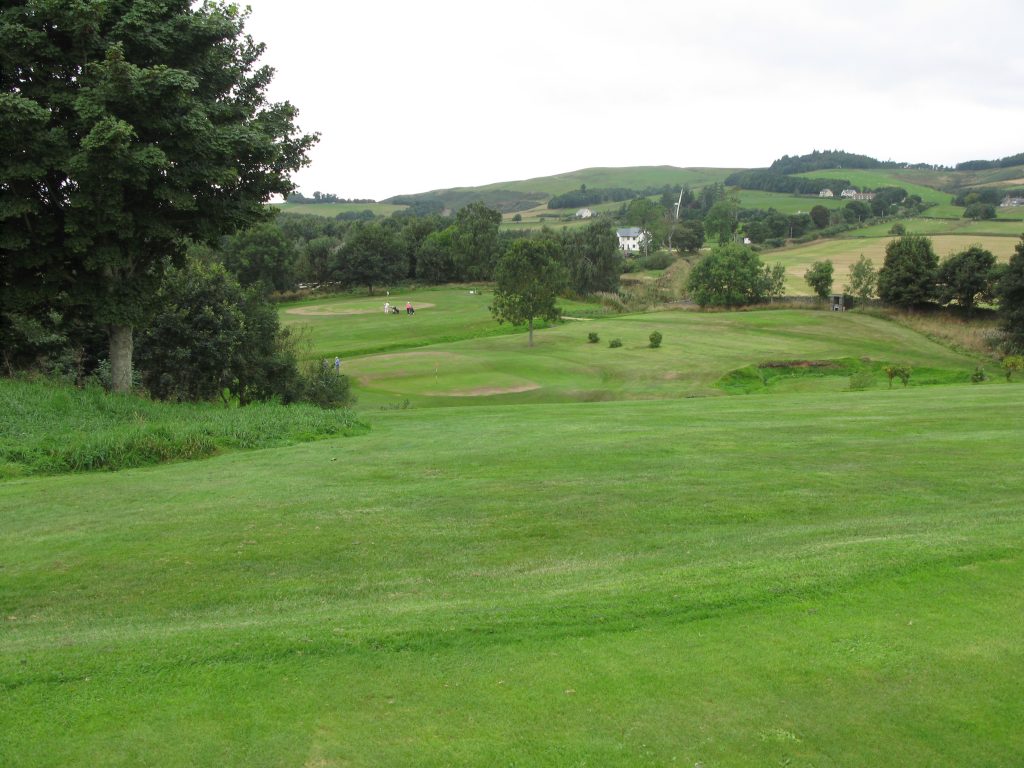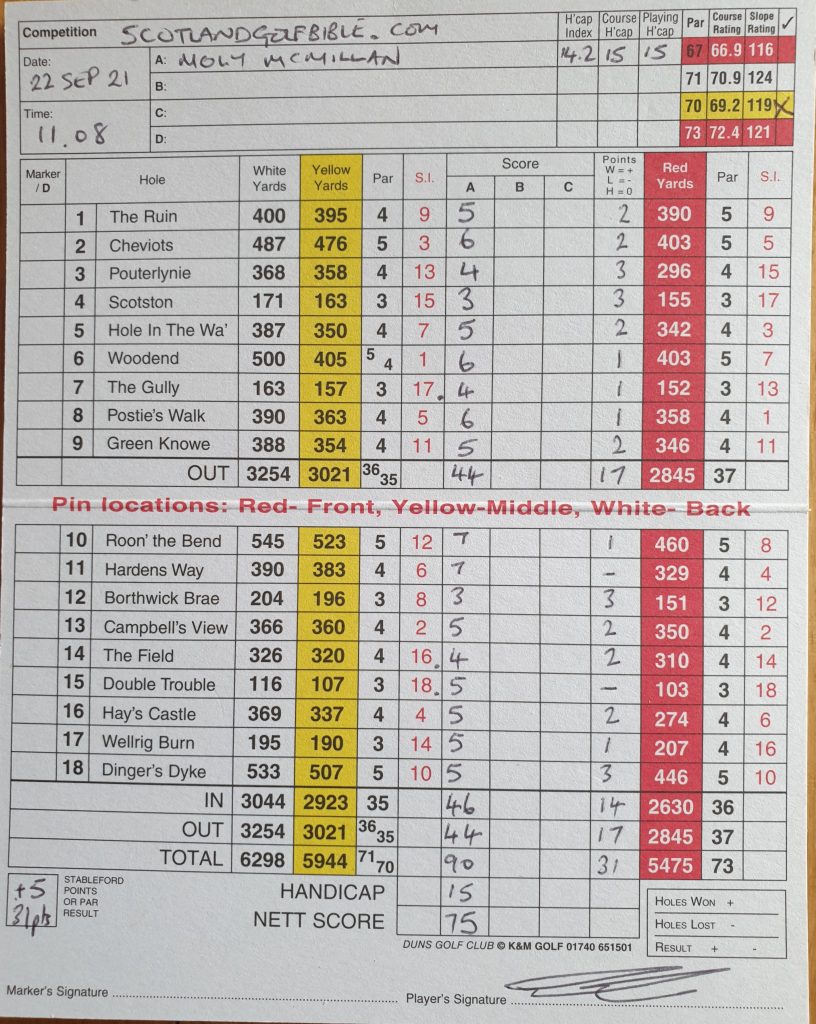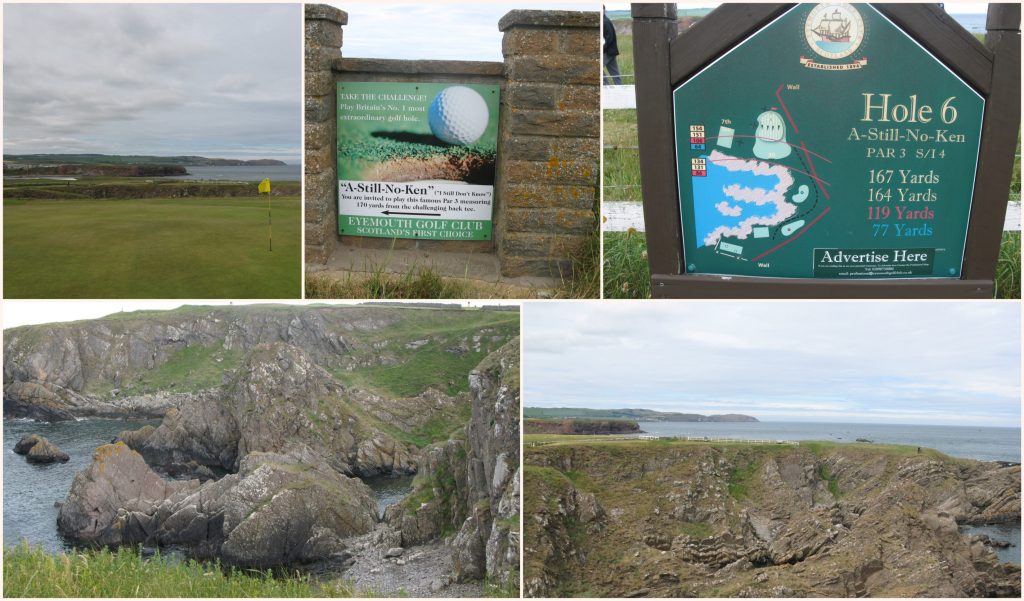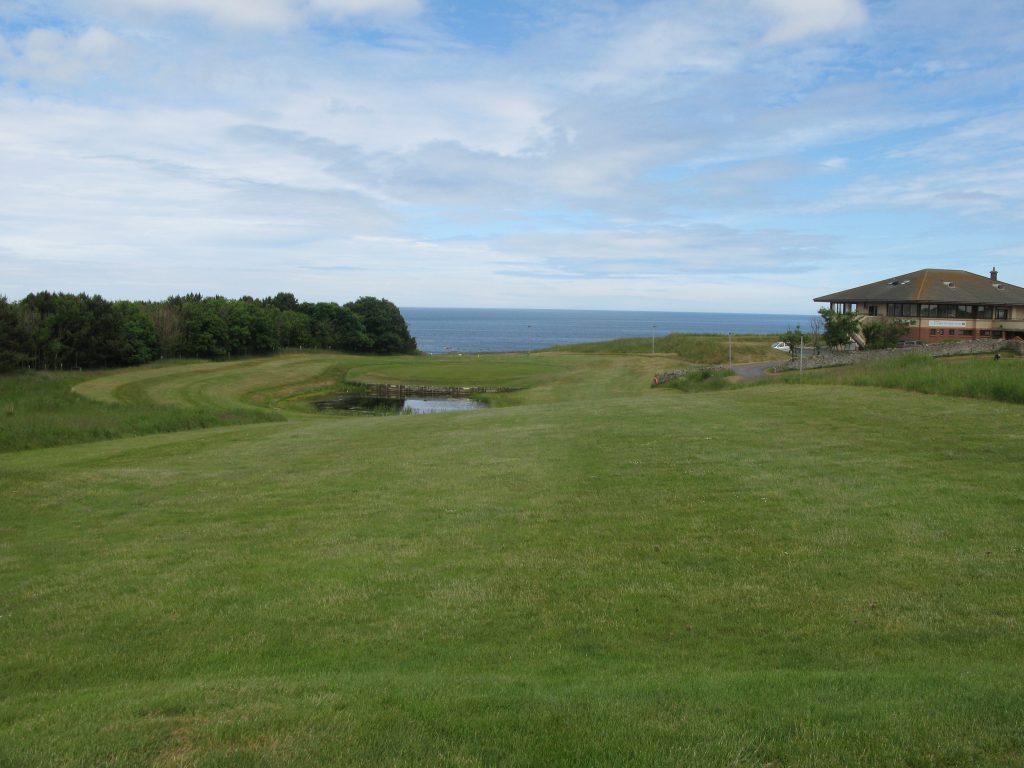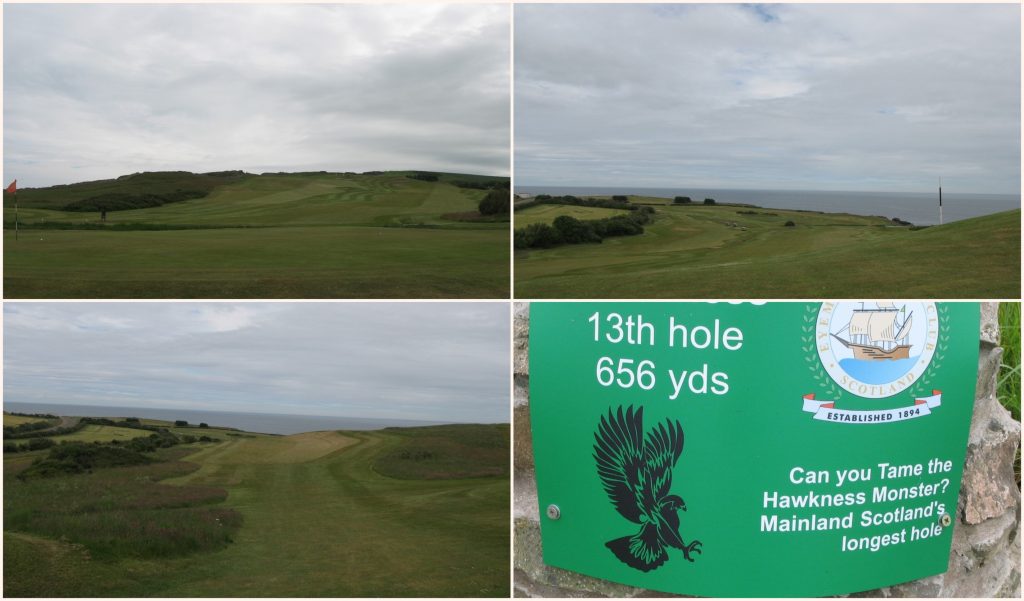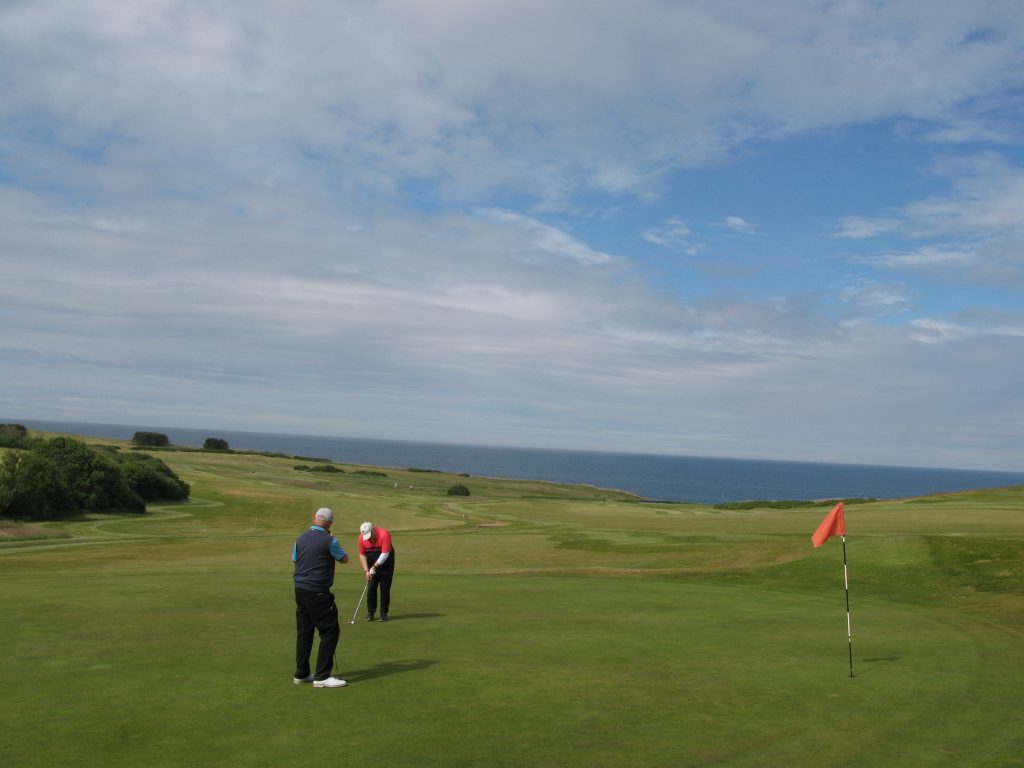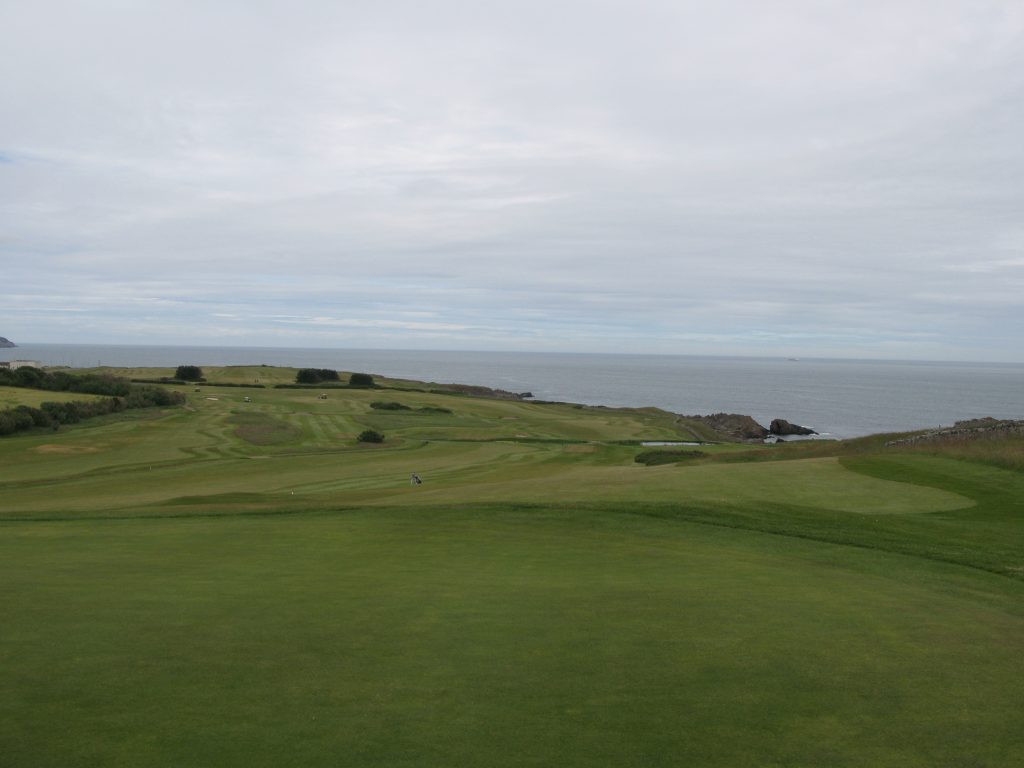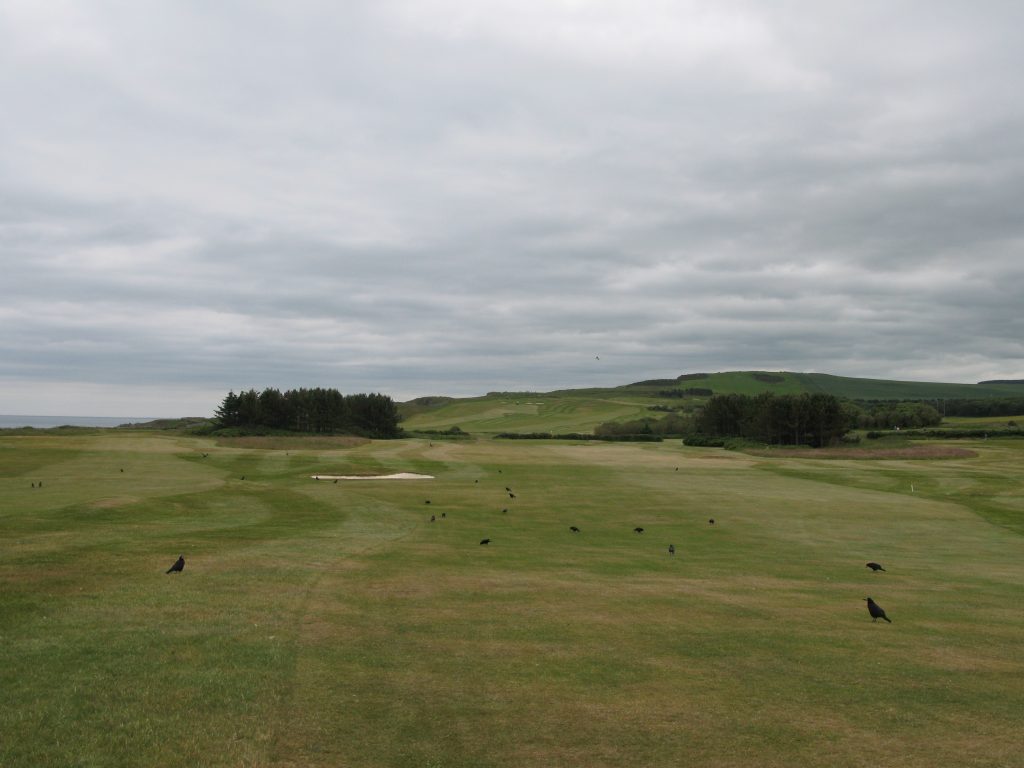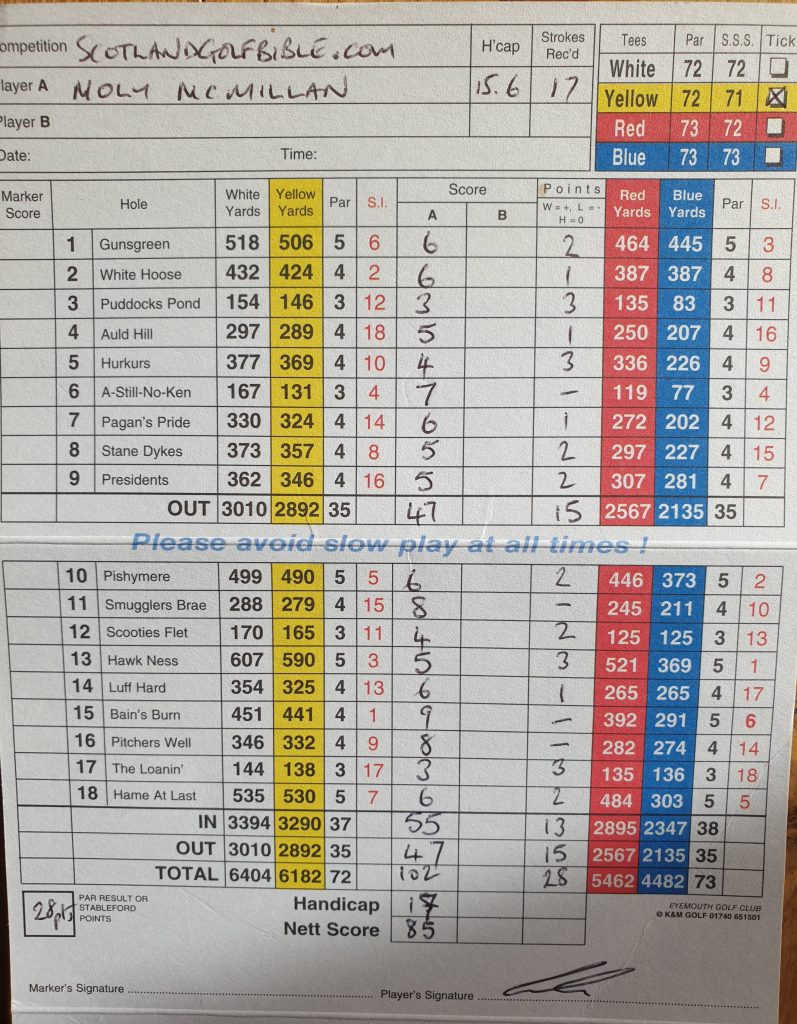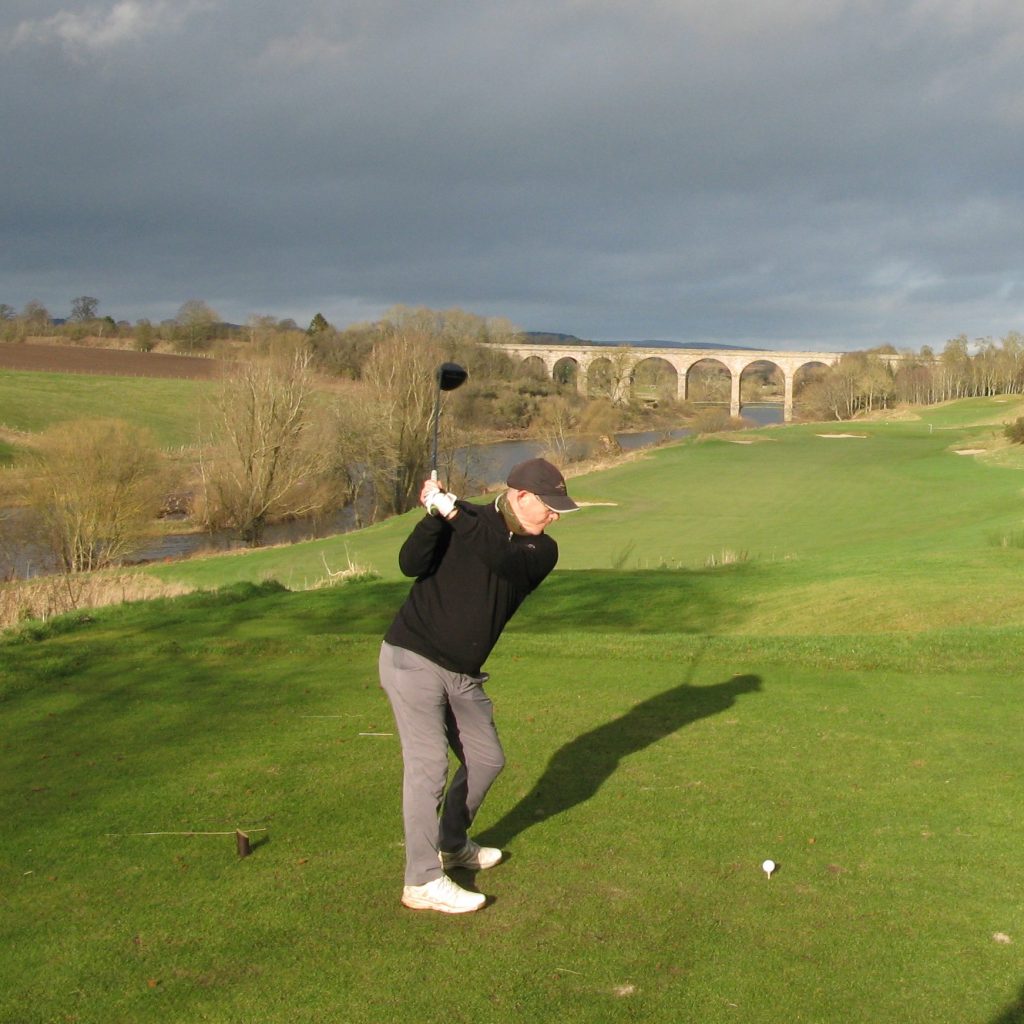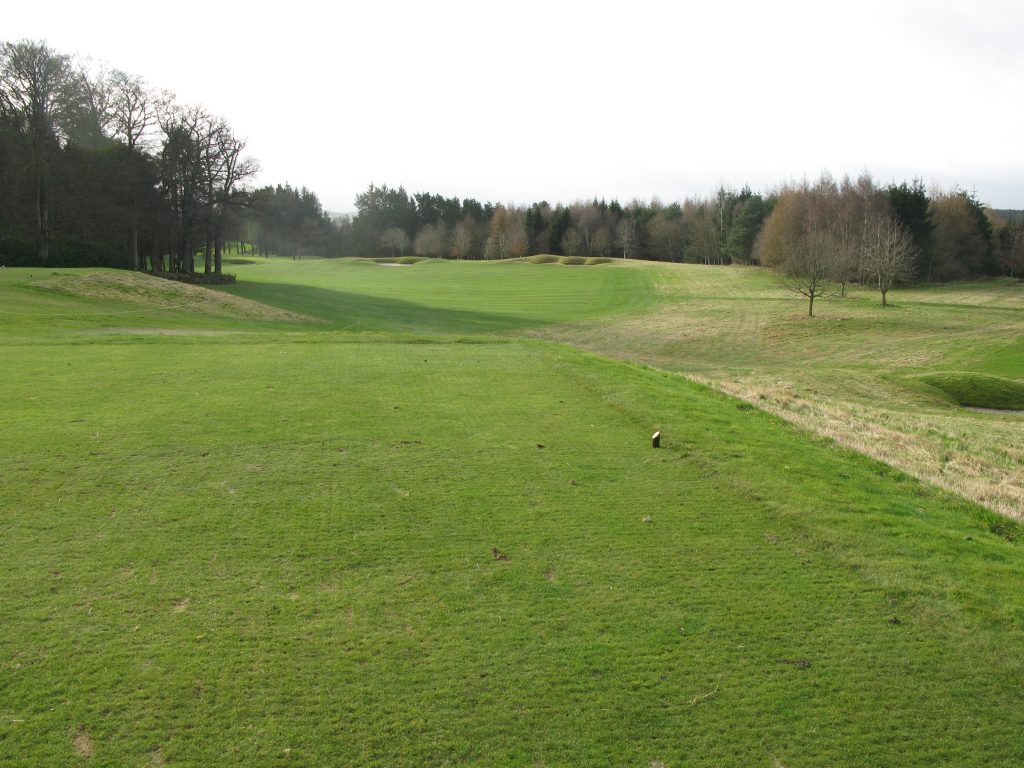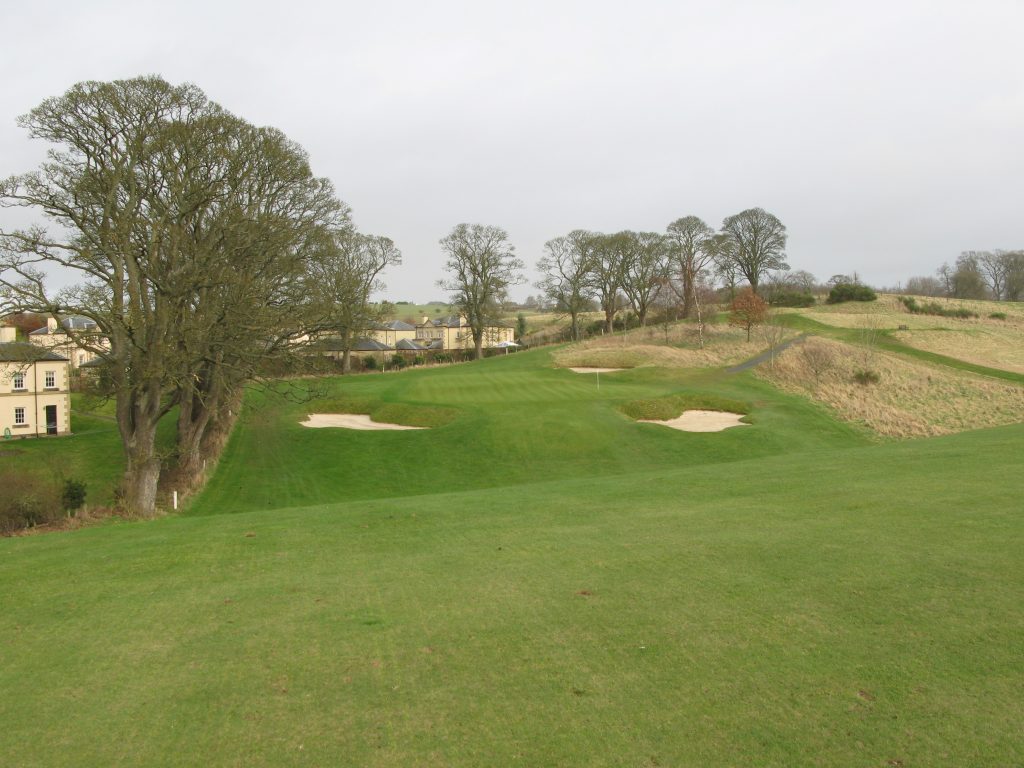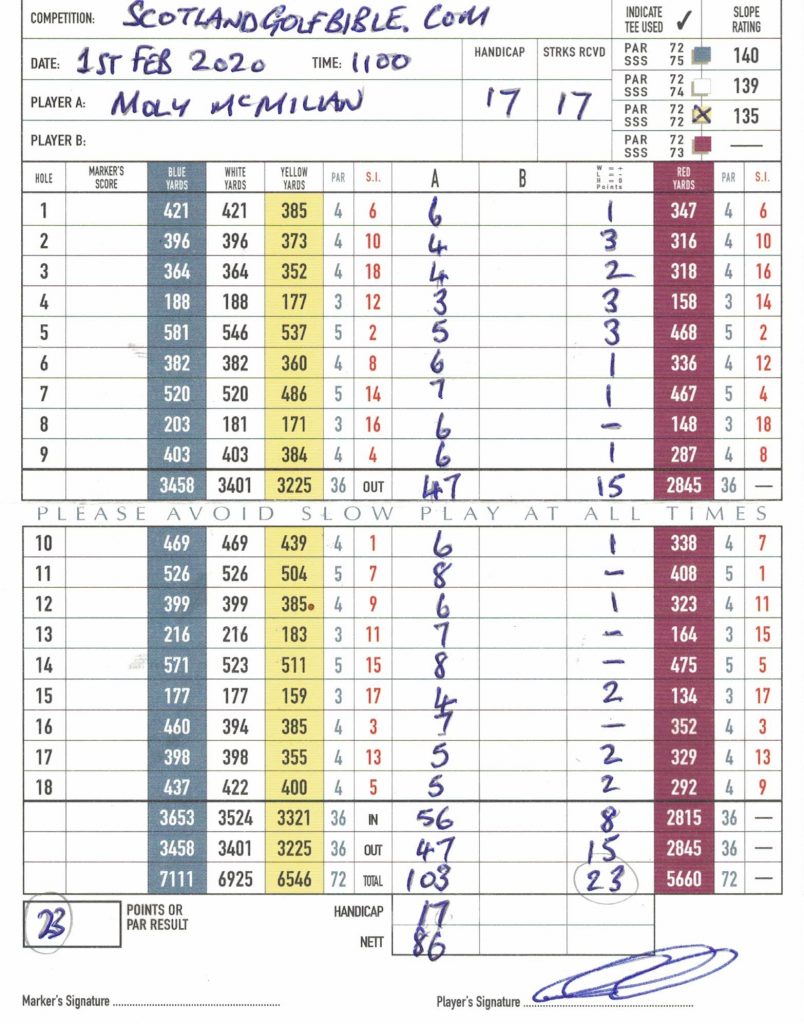Missed opportunity as the “First and Last” in Scotland.
Round £32. Par 70. Course Rating / Slope Rating (yellow) 68.8/124. Value (out of 5) – 3
Moly’s Score – 98
How many fuel stations or pubs on borders proclaim “First and Last”? Like many people, I suspect, I had no idea exactly where Hirsel Golf Club was. Conversely, ask Scots where Coldstream is and most would know the border town famed for the Coldstream Guards, the regiment formed in 1650 making it the oldest continuous serving unit of the British Army.

Hirsel Golf club, sits on the Hirsel Estate in Coldstream, the home of the son of the former Prime Minister, Sir Alec Douglas-Home. A 9 hole course was designed and built by members in 1948, after the original course in Coldstream, called Lennel Golf Club, founded 1879, fell into some disrepair, a story covered in the website Forgotten Links.
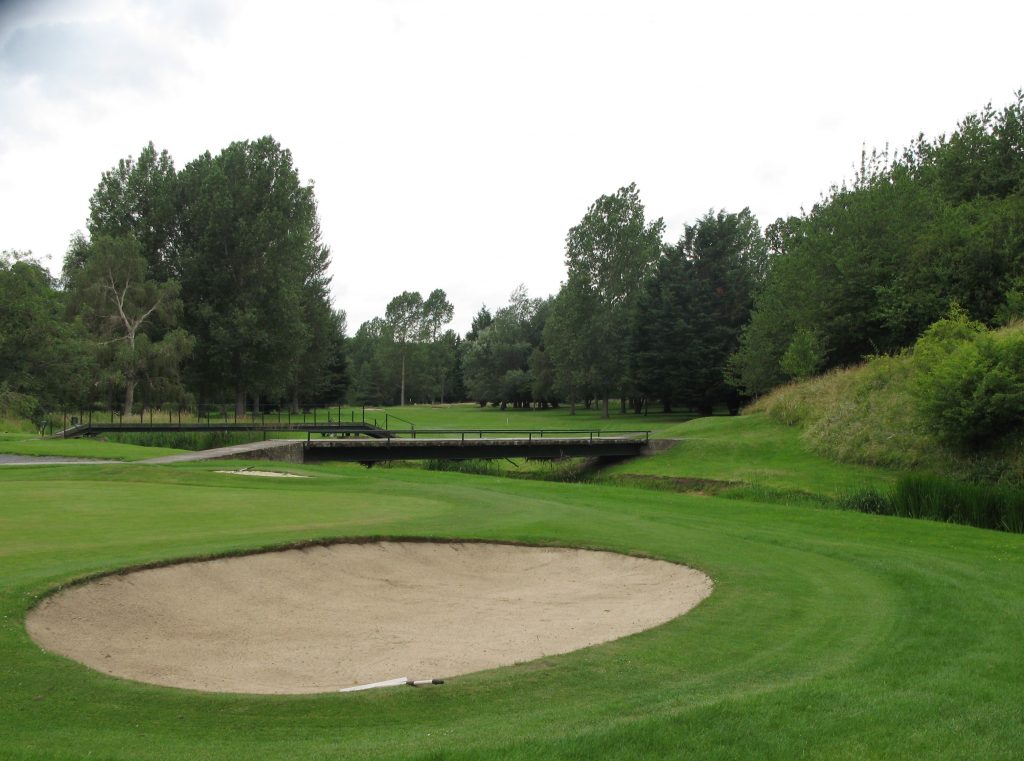
Hirsel GC remained a 9 hole course until extended to 18 in 1996. The resulting layout is a rather jumbled affair, with a number of tee/green cross overs, which must make Open events a potentially hazardous affair. There is also a significant range of hole design quality, which comes I suspect from the extension. I find the club’s website banner headline “Arguably one of Scotland’s best kept secrets” true in the sense that it’s “unknown”, but the inference of it being a “Hidden Gem” is not what I found.

Despite the main Covid-19 pandemic lockdowns being over, I found a course in poor condition, with some bunkers appearing to imitate 19th century photos featuring Old Tom Morris himself. Nevertheless, with perhaps half dozen really good holes, I can see why it is a popular society day out, especially with the substantial club house overlooking the final green.
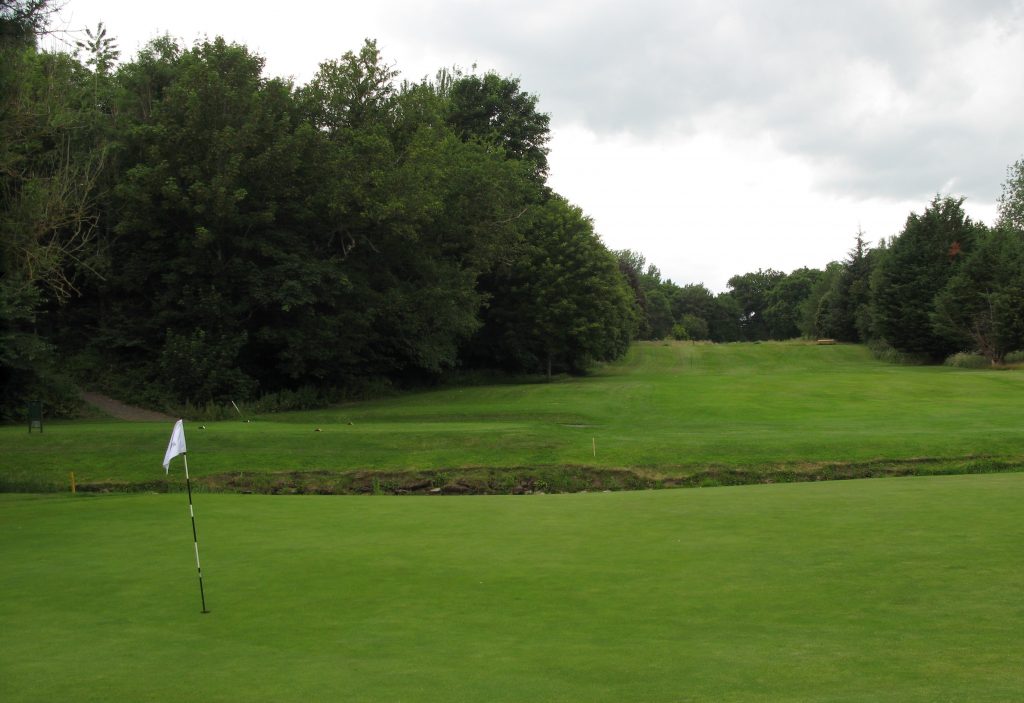
It does indeed have some tricky holes, notably the tough uphill par 3 third, played with a blind tee shot at well over 200 yards; it will play as a par four for most. The fairways are generous but miss them and card wrecking is the order of the day, as there are OOB on more than half the holes. As a testimony, I amassed 15 over par on only 3 holes, including a 10 on the 363 yard par four 17th.
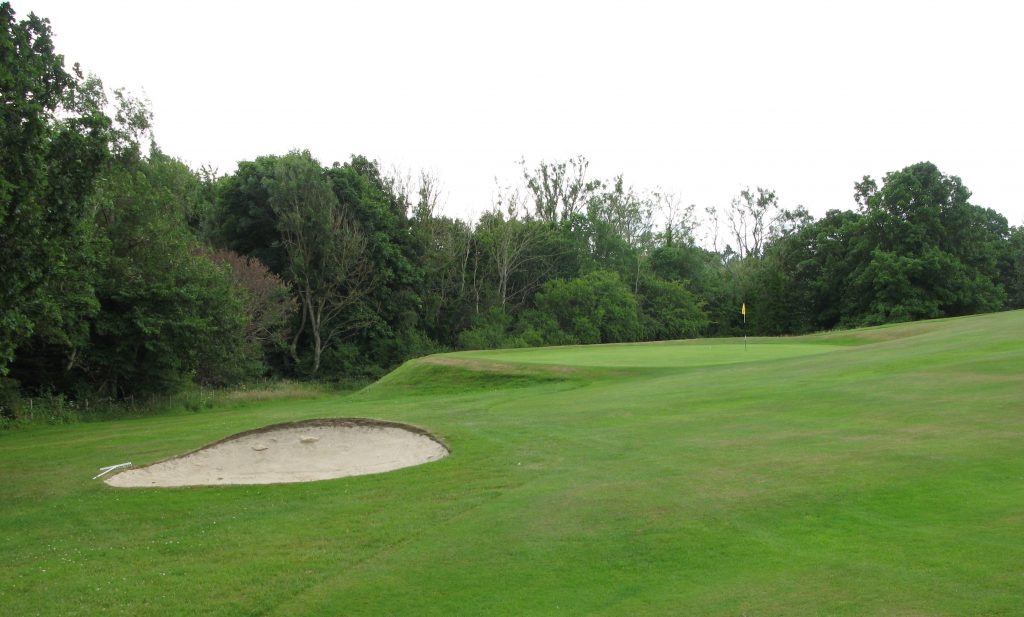
Despite several holes being routed around “Leet Water”, a tributary of the Tweed, the river doesn’t come into play much. The best aspect of the course was the variety in hole lengths, the use of dog legs (on 5 holes) and the use of quite small greens often sloping front to back. Collectively the slope rating of 124 felt spot on for me.
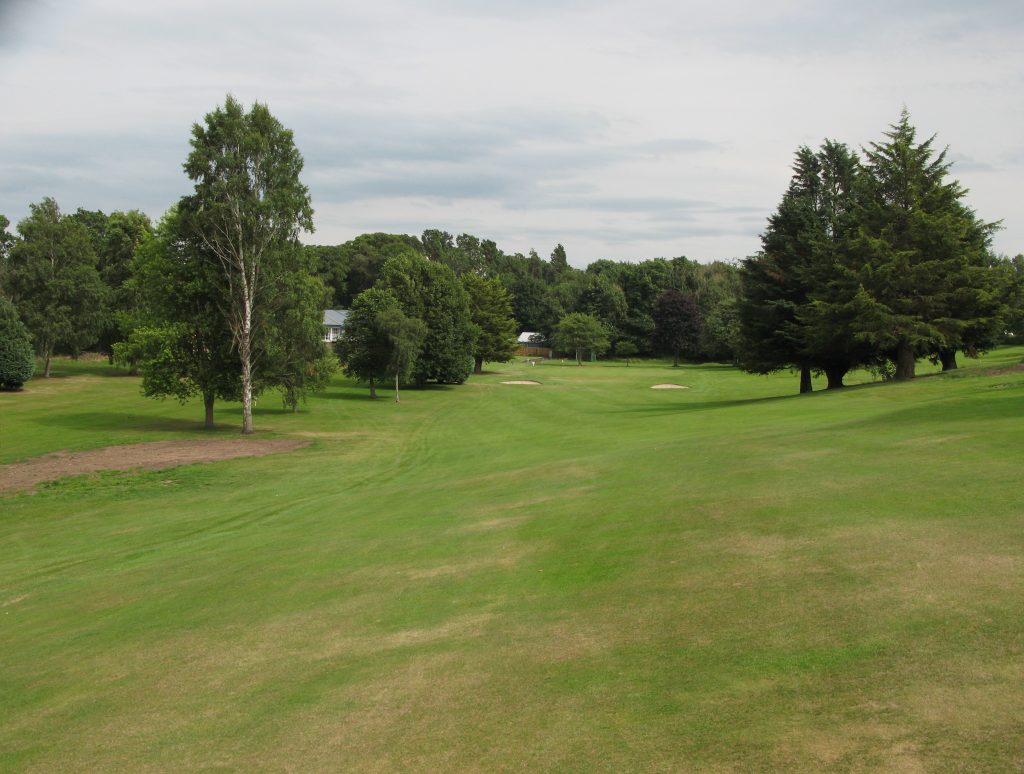
At only £32 for a round, with discounts on offer though Golfnow (we paid only £22) it’s okay value, but with a bit of work, especially to the bunkers, it would be really worth playing at that price point.
As to the course name, here’s a suggestion. “Coldstream Golf Club – The First and Last in Scotland”. That would remove the secrecy.
Facts:
Course Type: Parkland
Par 70 (2 par 5s, 12 par 4s, 4 par 3s)
Distance (yellow): 5820 yards
Moly’s Gross score: 98
